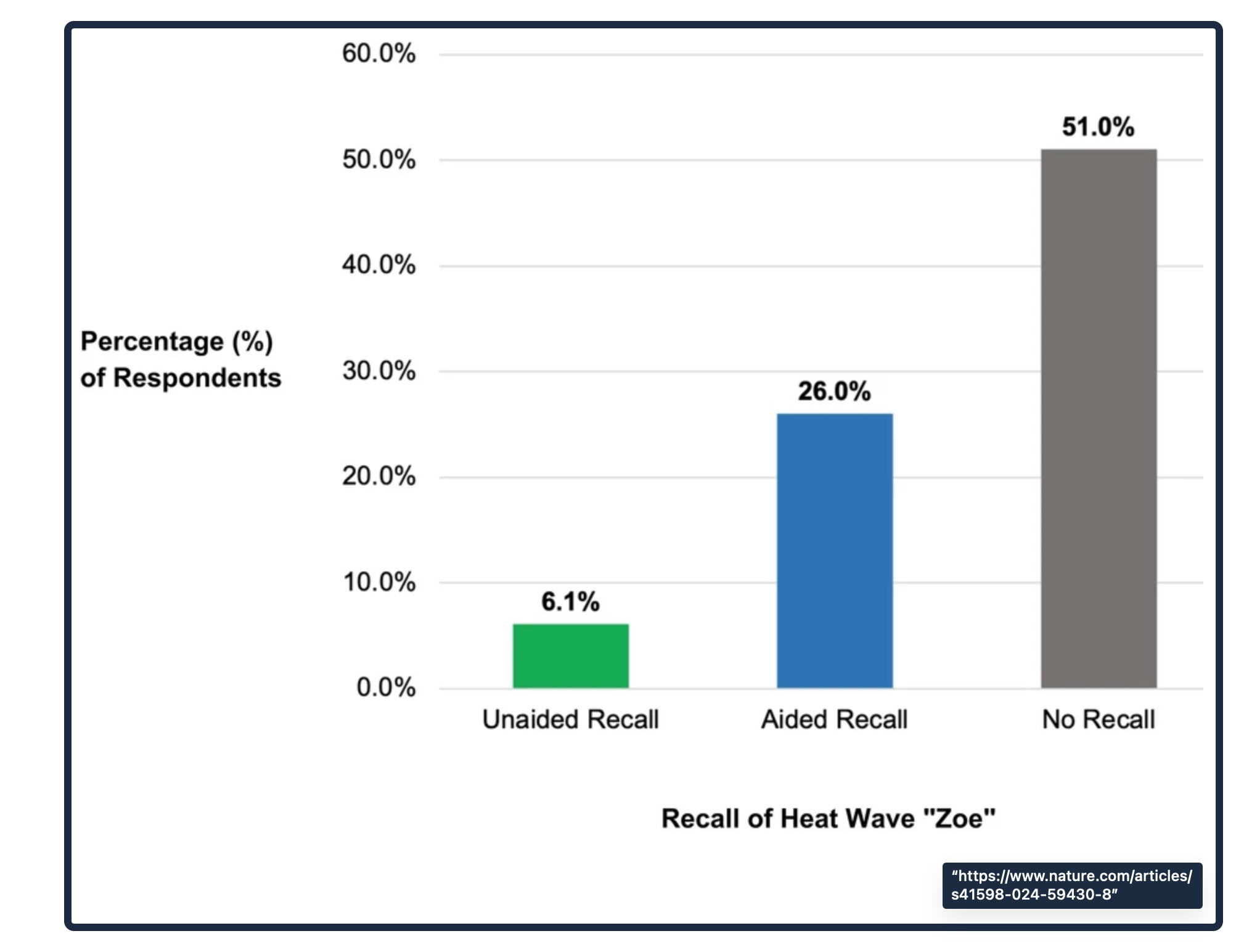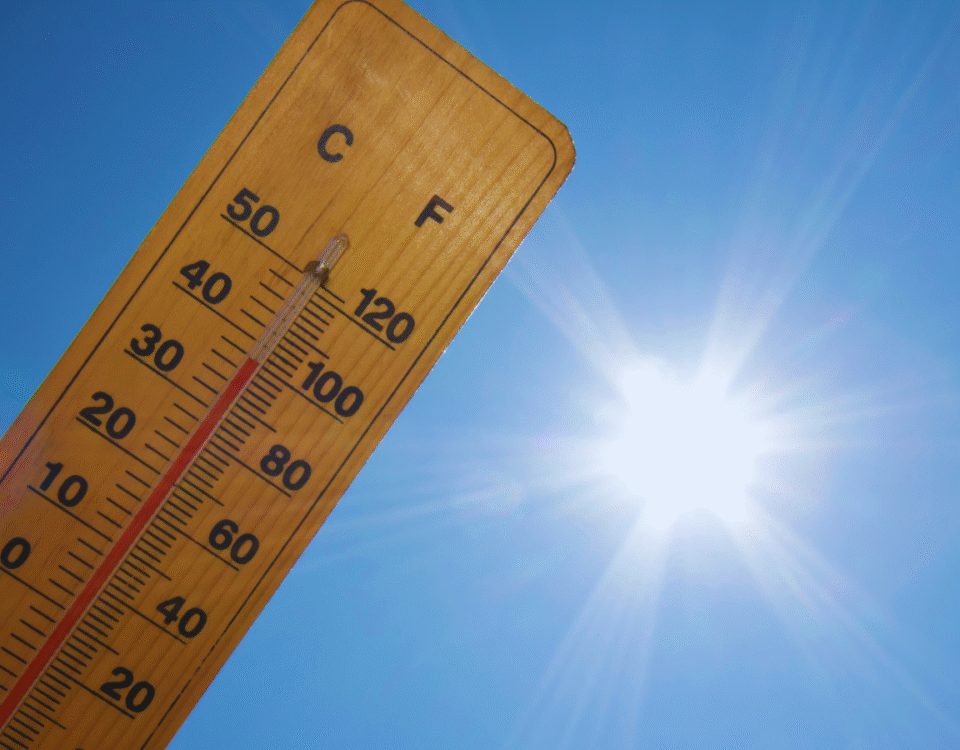
The (Whopping) Cost of Raising a child
August 21, 2025
August 2025 Friday’s e-links: the “Robber Barons”
August 22, 2025Few of us have heard of the 2021 heat dome over Washington and Oregon although 600 people died. We also might not remember Gulf Coast storm 2005 except it was named Katrina.
A name makes the difference.
Naming Heat Waves
With Alice, in 1953, we began using female names for hurricanes. As a result, each storm got an identity. Then, using Categories 1 through 5, we can describe their severity and prepare for the danger. In addition, like names elevate the importance of our pets, they also give a storm more significance.
The problem with heat is its insidiousness. More of a silent killer, its imagery is far different from hurricane winds or tsunami waves. In addition, calling attention to our divide between the “cooked and the cool,” the NY Times points out that the elderly and the poor suffer more than the affluent. Further displaying why heat waves are “second class” catastrophes, during our hottest months, municipal leaders and the city dwellers that can, go on vacation.
Zoe Study
As Europe’s hottest major city, Seville was the first to name a heat wave. According to a recent study, because the heat wave was called Zoe, more people remembered it.
While far from a massive recall, people knew about Zoe:

Study participants that recalled Zoe–especially women, the aged, and the more affluent–cared more about future safety behavior.
Our Bottom Line: Measurement
Citing the statistics that we regularly record like the GDP and the Dow, economists say that we “treasure what we measure.” Because Seville, Spain named a 2022 heat wave Zoe, (then moving backwards through the alphabet, Yago, Xenia, and Wenceslao) more people remembered the event. By naming heat waves, they get an identity. As a costly catastrophe, heat waves can increase health spending and reduce worker productivity unless we recognize their impact. And only then, would we start to implement the fiscal policies that are called heat action plans (HAPS).
My sources and more: Naming heat waves is more popular than I expected. Its advocates included this Opinion column in the NY Times and “The Cooled vs. the Cooked.” Further confirming the need for names, this paper had some convincing data. Then, completing the picture, this article from The Economist identified Europe’s deadliest cities during a heatwave.
![econlifelogotrademarkedwebsitelogo[1]](/wp-content/uploads/2024/05/econlifelogotrademarkedwebsitelogo1.png#100878)




